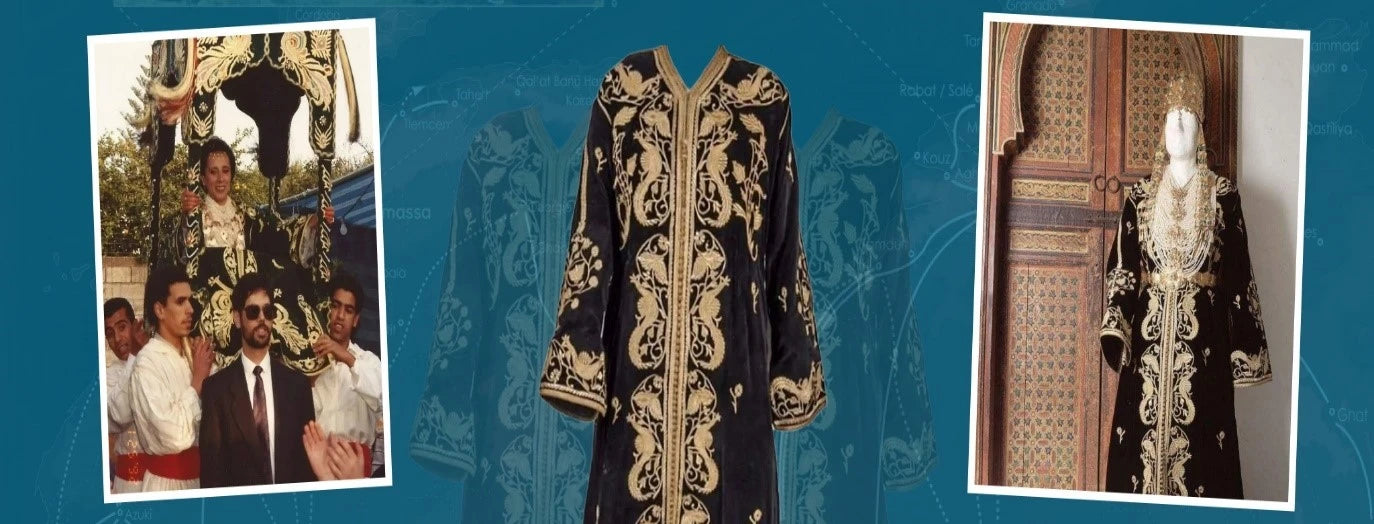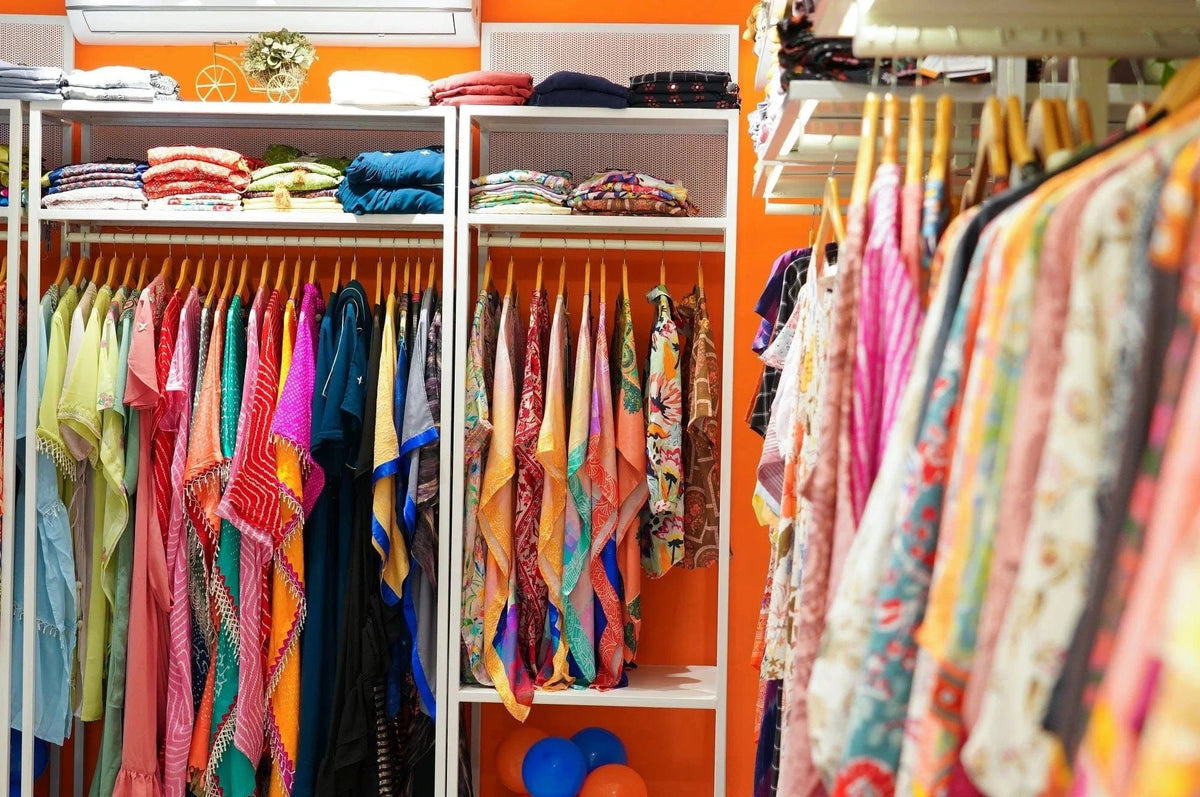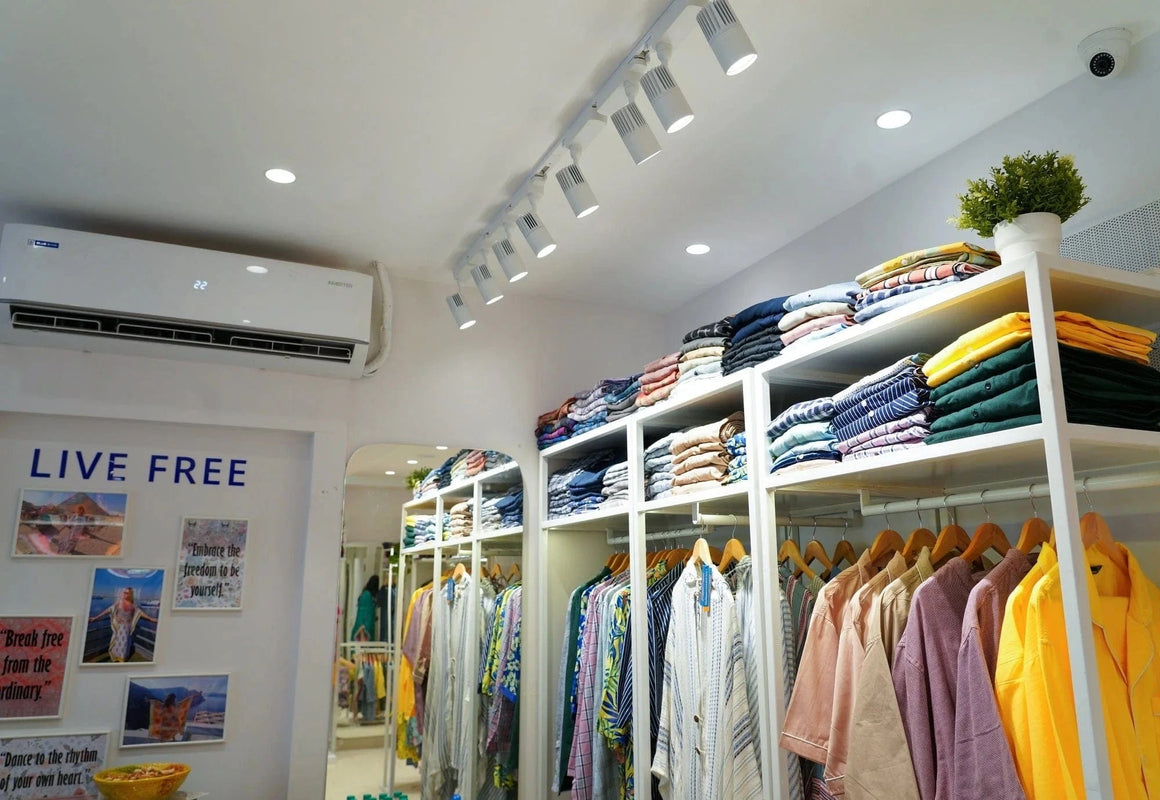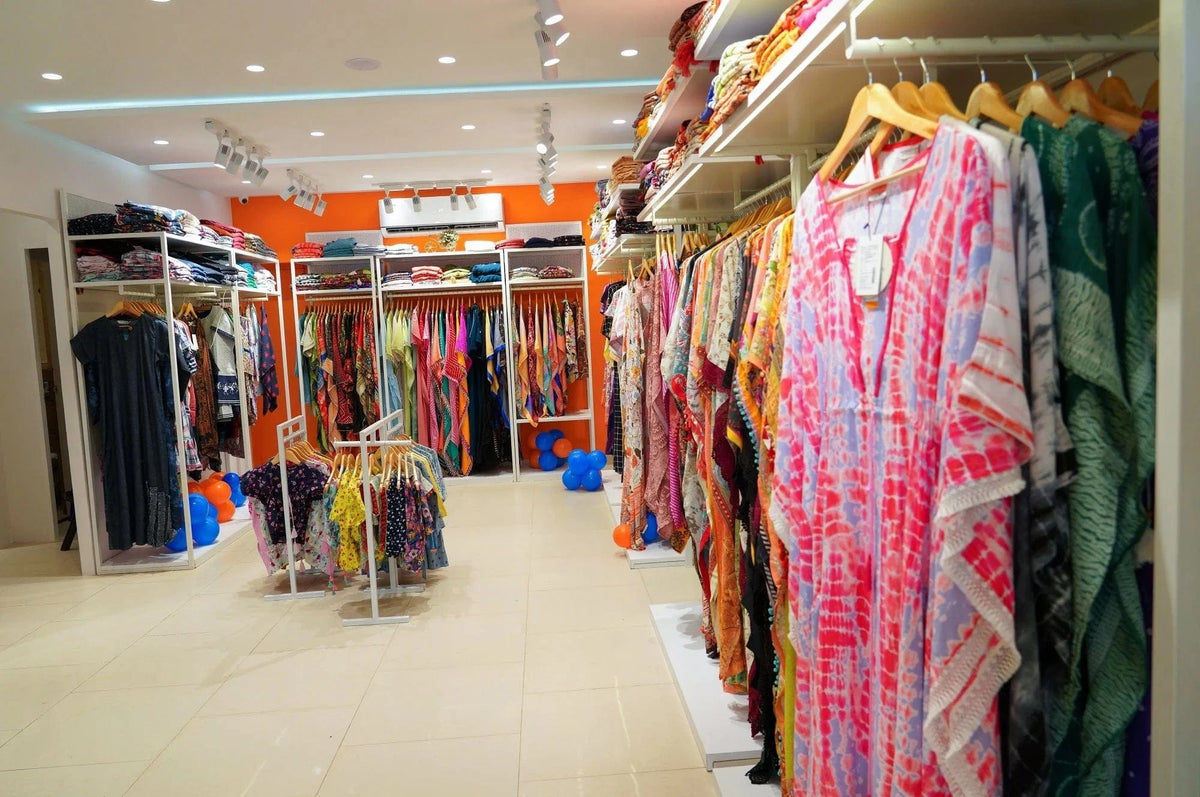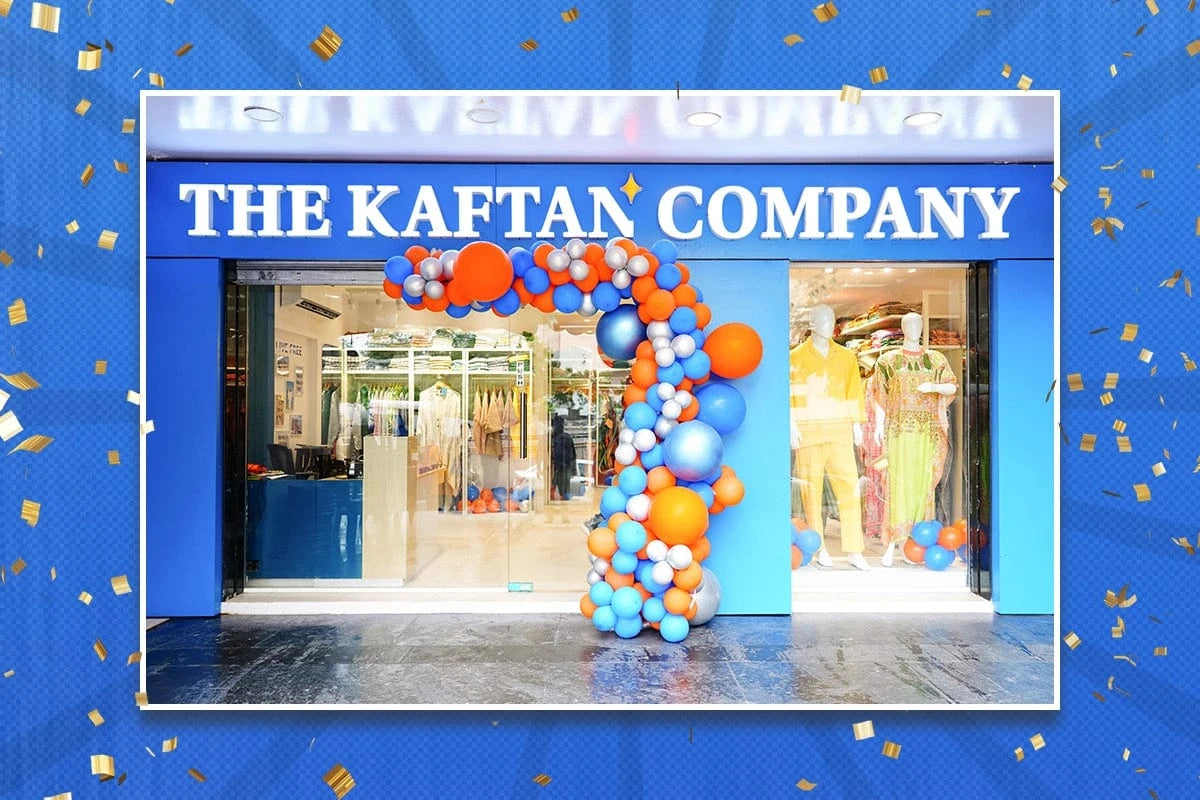What dress immediately springs to mind when discussing comfort and style? We all know the answer is nothing but a kaftan. This is a dress that has become so popular over the years that you'll notice at least one or two people wearing it around you. But what’s the reason behind its popularity? You can’t name one, as there are many.
The kaftan, a popular clothing item in modern times, has a rich history. It is not surprising that demand has not decreased but has grown significantly. Understanding its stitching history will give another wing to this simple yet aesthetic attire allowing us to appreciate its beauty even more. In this blog, we will look at how the Kaftan dress history has evolved, tracking their journey from their ancient roots to modern runways. Knowing history enhances your understanding and makes you value it more.
Ancient Origins: A Garment Fit for Royalty

The kaftan's origins can be traced back to ancient Mesopotamia, where it gained recognition as a symbol of opulence and authority. These early kaftans were originally worn by Persian royalty and nobility. They were crafted from the finest silks and adorned with intricate embroidery and precious gems. The loose-fitting, long-sleeved robe quickly spread throughout the Middle East and North Africa, adapting to local climates and cultural preferences.
The kaftan in the Ottoman Empire was known for its extravagant and luxurious designs. Sultans and high-ranking officials wore intricately adorned kaftans, each one a masterpiece in its own regard. The garment's reputation was so remarkable that it was frequently bestowed as a present to foreign dignitaries, extending its influence well beyond the empire's boundaries.
The Silk Road: A Cultural Exchange
With the expansion of trade routes along the Silk Road, the kaftan began its journey towards the east. In India, it seamlessly blends with the subcontinent's love for vibrant colours and detailed textiles. The Indian kaftan, or kurta, has become popular among people from diverse backgrounds and genders. This garment is incredibly versatile and can be tailored to suit different occasions and personal preferences. You have the freedom to customize its length, fabric, and embellishments to create a look that is uniquely yours.
Meanwhile, in North Africa, the kaftan took on a distinctly Moroccan flair. The traditional Moroccan kaftan, often paired with a belt called a mdamma, became an essential element of formal wear for women. These kaftans were (and still are) prized for their exquisite craftsmanship, featuring intricate embroidery, beadwork, and sequins.
The Western Discovery: Bohemian Chic
The kaftan's journey to the West began in earnest during the 1950s and 60s, as post-war globalization and increased travel exposed Europeans and Americans to diverse cultures. Fashion designers, always on the lookout for fresh inspiration, were quick to incorporate the kaftan's relaxed silhouette and exotic appeal into their collections.
Yves Saint Laurent, inspired by a trip to Marrakech, introduced kaftans to the haute couture world in the late 1960s. His designs captured the free-spirited essence of the era, blending traditional Moroccan elements with contemporary Western aesthetics. This fusion marked the beginning of the kaftan's transformation from an ethnic curiosity to a high-fashion staple.
The 1970s: Kaftan Fever
The 1970s saw the kaftan dress reach the height of its popularity in Western fashion. Embraced by the counterculture and hippie movements, kaftans became synonymous with bohemian chic. Celebrities like Elizabeth Taylor and Bianca Jagger were often photographed in flowing, colorful kaftans, cementing the garment's status as a must-have item for the fashion-forward.
During this decade, designers experimented with various fabrics, prints, and lengths. From psychedelic patterns to earthy, natural tones, kaftans offered a canvas for creative expression. The versatility of the garment made it suitable for both casual beachwear and glamorous evening events, appealing to a wide range of consumers.
The 1980s and 90s: A Temporary Retreat
As fashion trends shifted towards power dressing and minimalism in the 1980s and early 90s, the kaftan's popularity waned in mainstream Western fashion. However, it never truly disappeared. Instead, it found a niche as luxurious resort wear and remained a staple in many Middle Eastern and North African wardrobes.
This period of relative obscurity in Western fashion allowed the kaftan to evolve quietly. Designers continued to refine the silhouette, experimenting with new fabrics and techniques that would later contribute to its resurgence.
The 21st Century Renaissance
The new millennium brought with it a renewed appreciation for global fashion and sustainable, comfortable clothing. These emerging values perfectly align with the kaftan's loose fit and adaptability to various body types. High-end designers like Gucci, Valentino, and Emilio Pucci began featuring kaftans in their collections, reintroducing the garment to a new generation of fashion enthusiasts.
Contemporary kaftans range from minimalist, monochromatic pieces to ornate, heavily embellished gowns. The rise of modest fashion has also contributed to the kaftan's popularity, as it offers stylish coverage that appeals to women of various cultural backgrounds.
Sustainability and Versatility
In recent years, the modern kaftan dress has found new relevance in the context of sustainable fashion. Because of its typically loose fit, you can wear it through various life stages and body changes, which reduces the need for frequent wardrobe updates. Many designers are now creating kaftans from eco-friendly fabrics like organic cotton, Tencel, and recycled materials, appealing to environmentally conscious consumers.
The versatility of the modern kaftan kurta cannot be overstated. It transitions effortlessly from a beach cover-up to office wear with the right accessories. Evening kaftans, adorned with sequins or intricate beadwork, rival any cocktail dress in elegance. This adaptability has made the kaftan a favourite among travellers and minimalists alike, as a single piece can serve multiple functions.
Cultural Appreciation and Appropriation
As the kaftan continues to evolve in the global fashion landscape, it has sparked important conversations about cultural appreciation versus appropriation. Many designers and consumers are now more mindful of the garment's rich cultural heritage, seeking to honour its origins while embracing its universal appeal.
Collaborations between Western designers and artisans from countries where the kaftan has deep roots have resulted in beautiful, culturally sensitive creations. These partnerships not only produce stunning garments but also help preserve traditional craftsmanship and support local economies.
The Runway and Beyond
Today, kaftans are a regular feature on international runways, from New York to Paris to Mumbai. Designers continue to push the boundaries of what a kaftan can be, experimenting with asymmetrical cuts, unexpected fabrics, and innovative styling techniques.
Beyond high fashion, the kaftan has found a place in everyday wardrobes around the world. Its comfort, elegance, and ability to flatter diverse body types have made it a beloved staple for many. From casual Friday office wear to destination wedding attire, the kaftan's journey from ancient courts to modern closets is a testament to its enduring appeal and adaptability.
As we look to the future, it's clear that the kaftan will continue to evolve, reflecting changing fashion trends and societal values while maintaining its core attributes of comfort and style. This ancient garment, with its rich history and global influence, has truly stood the test of time, cementing its place as a timeless icon in the world of fashion.
Wrapping Up
Now that we are aware of the diverse history of the Kaftans, haven't we fallen even more in love with them? People have become enamoured with it due to its rich cultural history and modern touch. The simplicity of its design contrasts with the extravagant nature of its variations. Reading the blog, you might want to at least have 3 to 4 kaftans in your wardrobe. If that is the case, don't worry; your one-time solution is The Kaftan Company. Visit the website today to check out its latest collection and grab your favourite kaftan as quickly as you can.

